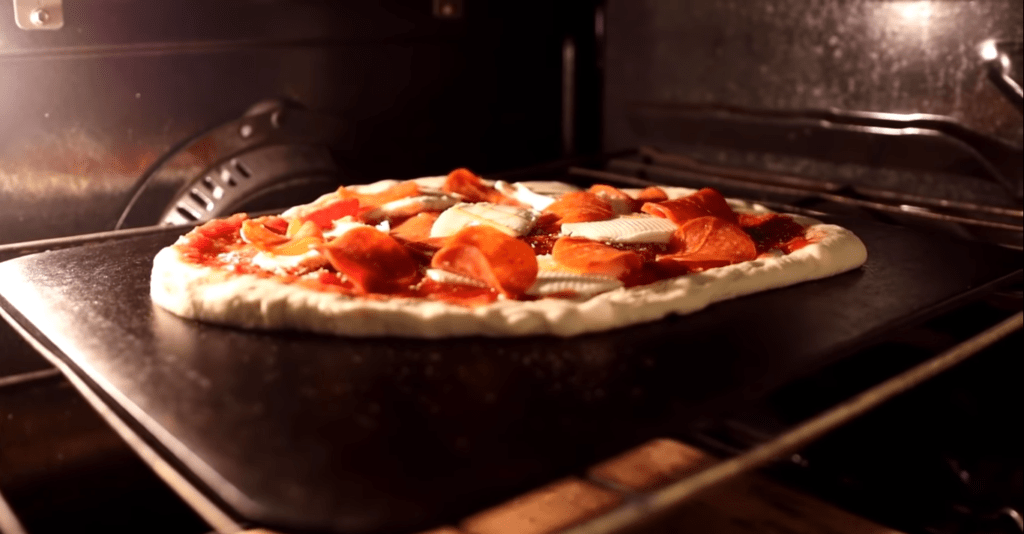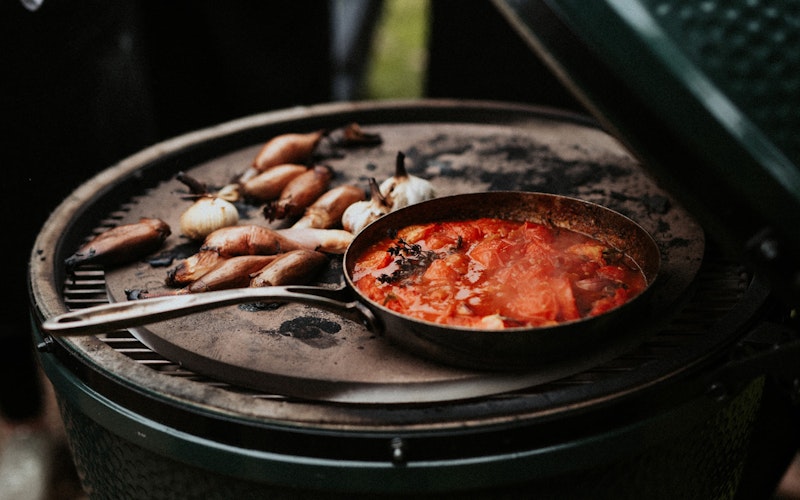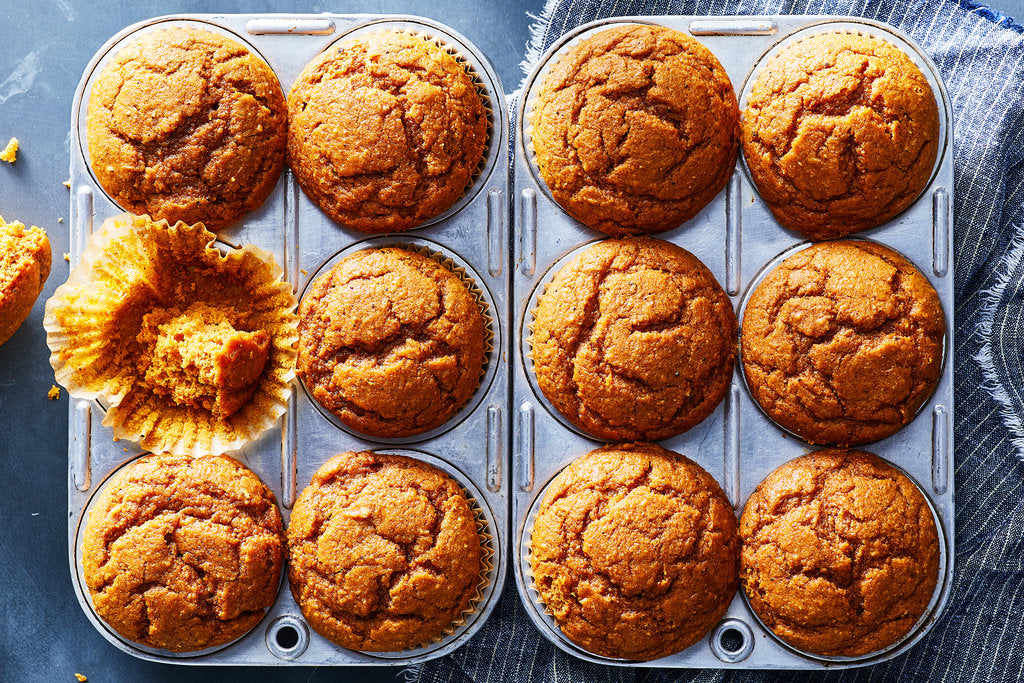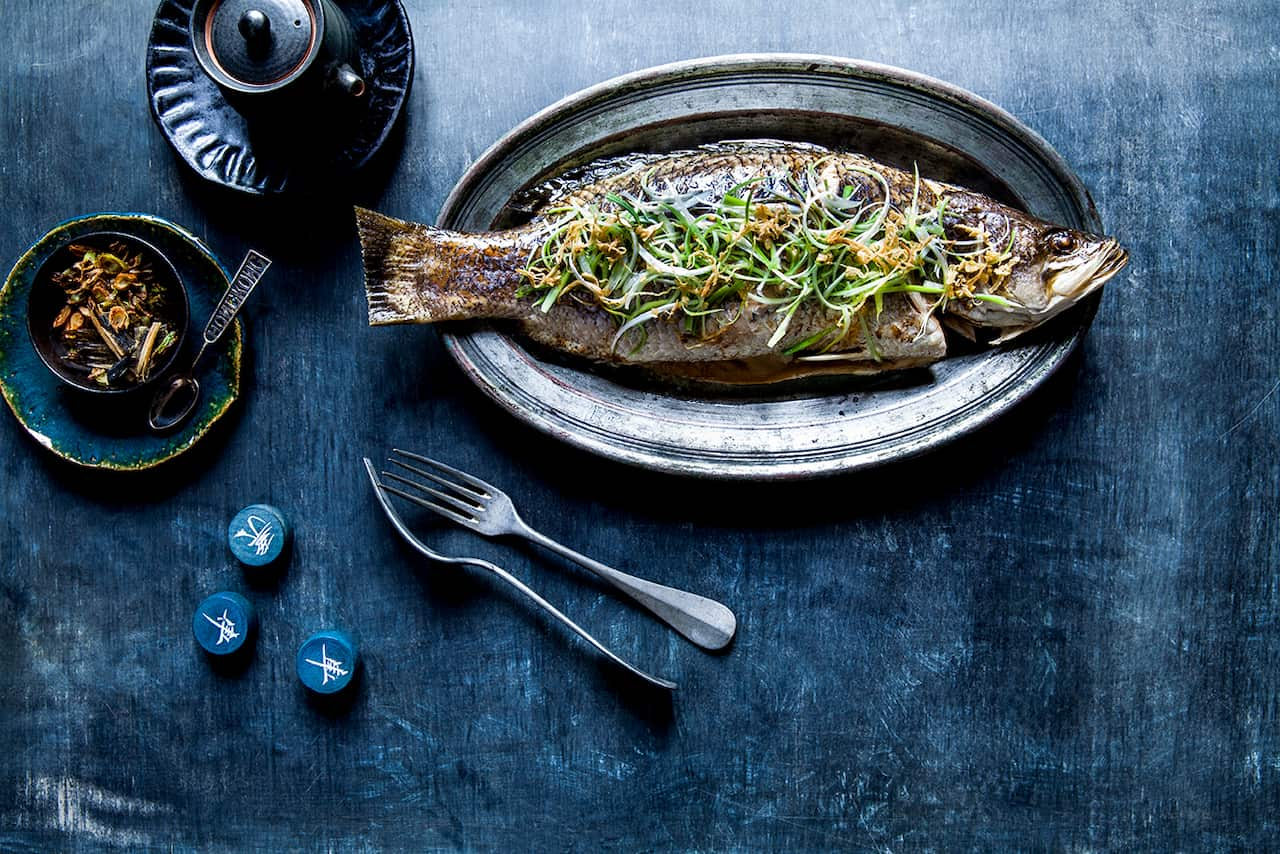For kitchen professionals, preheating a baking stone properly can be the secret to achieving that perfectly crispy and evenly cooked dish. From pizzas to breads, the world of culinary art relies heavily on techniques that enhance cooking outcomes, and understanding the nuances of your baking tools is crucial. Preheating tips for baking stones can lead you toward effortlessly improved textures and flavors.
:max_bytes(150000):strip_icc()/pizza-stone-testing-winners-lodge-pre-seasoned-cast-iron-baking-pan-wdickey-3-07-4acd6ee95c134013907ffa659ffb212d.jpeg)
What is a Baking Stone?
Before diving into the nitty-gritty of preheating, it's essential to understand what a baking stone is. Typically made from ceramic, stone, or cordierite, baking stones are kitchen essentials for those who aim for crisp, evenly cooked results. Their porous surface absorbs moisture from the dough, leading to a delightful crustideal for pizzas, breads, and beyond.
The Importance of Preheating
The magic of a baking stone comes to life when properly preheated. This process typically involves heating the stone at a high temperature in your oven before placing the food on top. The preheated stone mimics a traditional brick oven by generating intense heat from below, ensuring even cooking. For those venturing into learning between stones and baking sheets, preheating is the golden rule effective for both methods.
Step-by-Step Preheating Guide
1. Selecting the Right Temperature
Default practice requires setting your oven's temperature to around 475F to 500F. This range allows the stone to accumulate sufficient heat, ready to give your pizza crust or sourdough loaf an exceptional base. To measure accuracy, use an oven thermometer, a common kitchen gadget recommended in oil mayo recipes too.
2. Timing is Key
Allocate around 45 minutes to preheat the baking stone. This duration ensures the internal temperature is uniformly elevated, negating the risk of uneven cooking. Distinct from rapid heating methods, this extended preheat time allows chefs to focus on preparing toppings or dough, similar to preparing stone for frozen foods.
3. Optimal Placement
The placement of your baking stone inside the oven affects how quickly and evenly it heats. Position the stone on the middle rack to ensure it's exposed to balanced heat from all sides, unlike when you use grill pans where smoke control is important.

Frequently Asked Questions
What if my baking stone cracks?
A cracked baking stone could be a result of thermal shock from rapid temperature changes. Gradual preheating can prevent this issue, ensuring durability. Dive into comprehensive guides like how to use a baking stone for more insights.
Can I place a cold dough on a hot stone?
Yes, it's common practice to place cold dough directly on a preheated stone for a superior crust. Just ensure that the stone's surface is dry before placing the dough.
How should I clean my baking stone?
Cleaning your baking stone involves scraping off residual food particles with a brush or stone scraper. Avoid immersing the stone in water; instead, wipe it with a damp cloth once cool.
In conclusion, mastering the art of preheating stones can elevate the quality of your cooked dishes significantly. By paying attention to details like temperature, timing, and placement, kitchen professionals can achieve the kind of culinary perfection that keeps patrons coming back for more.
Explore more kitchen tips and techniques on this informative blog.
This article contains affiliate links. We may earn a commission at no extra cost to you.






Leave a comment
This site is protected by hCaptcha and the hCaptcha Privacy Policy and Terms of Service apply.